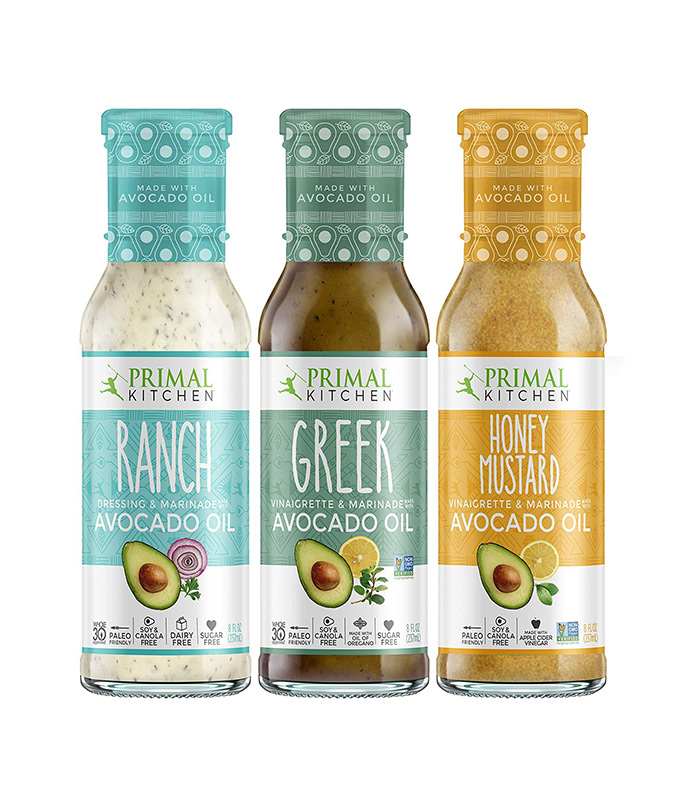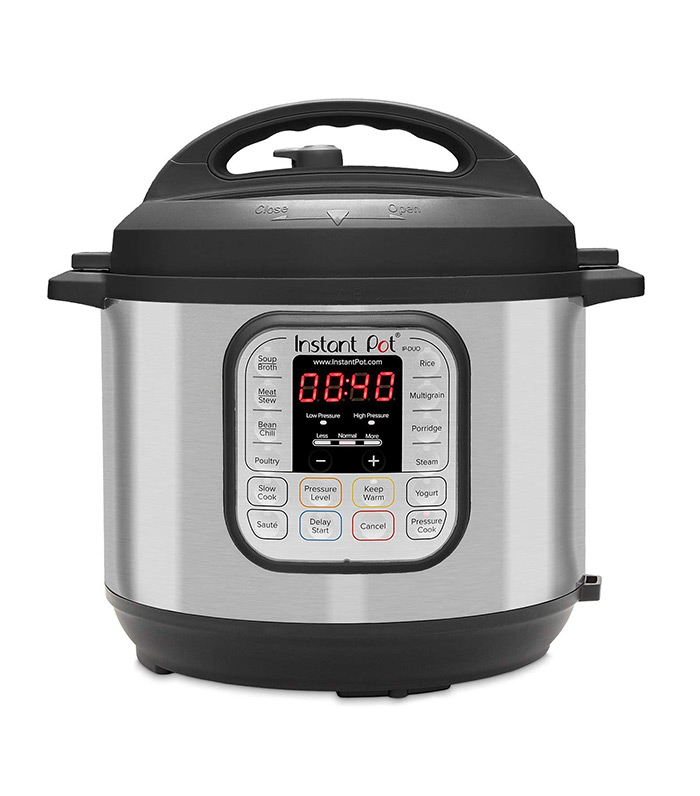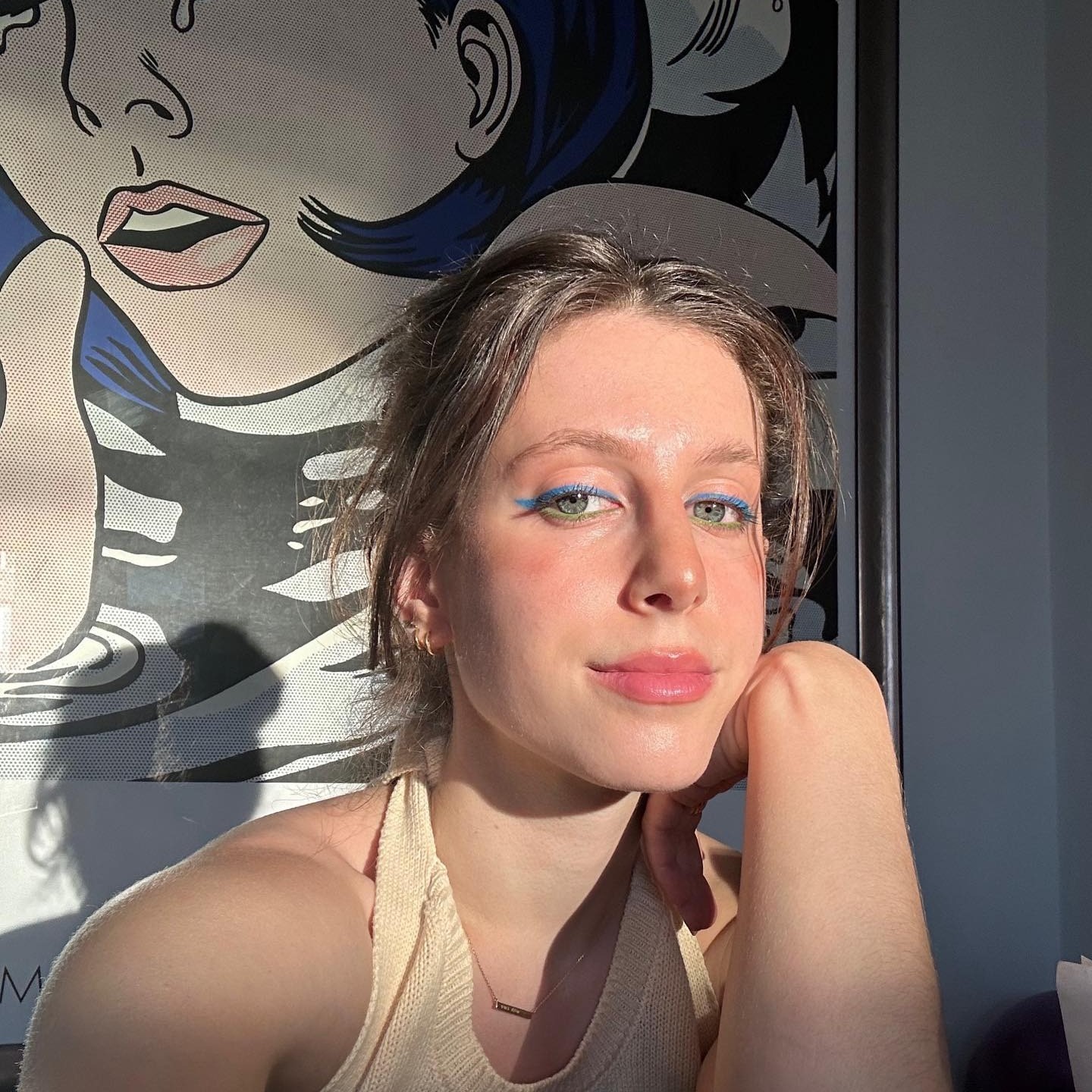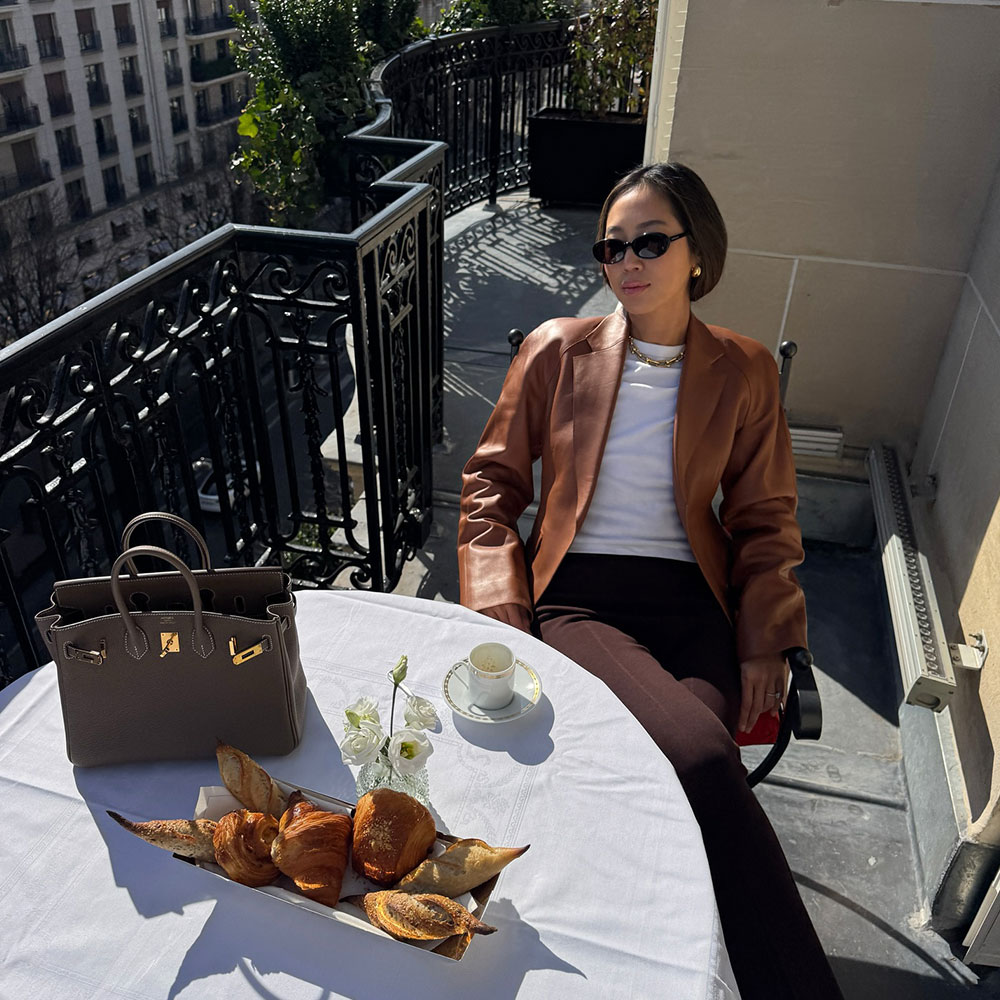6 Healthy Lunch Options That You'll Actually Want to Eat
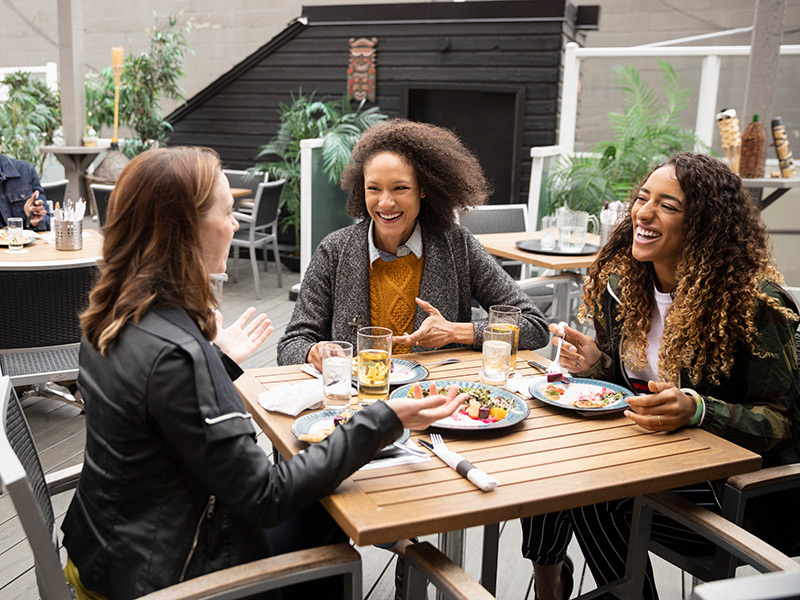
When it comes to lunch, I definitely don't have the best track record. I know, I know. I write about healthy eating for a living—from what to eat for a healthier heart to what food scams to look out for to what diets to avoid—but when noon rolls around, I seem to throw it all out the window. It's definitely not intentional. I don't hate the meal—I live for lunch specials and treating myself to a nice, leisurely lunch at a restaurant from time to time. But when we're talking about eating lunch during the workday, well, I feel a sense of ennui.
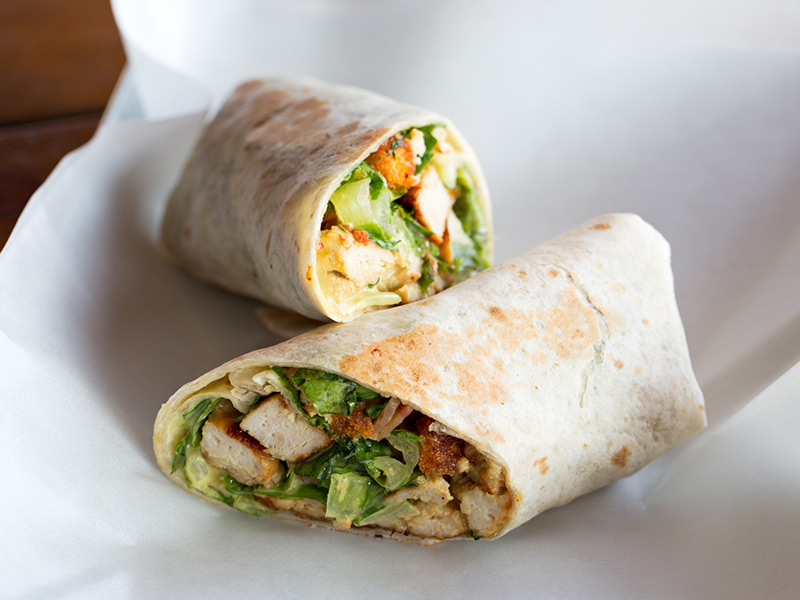
I go through bouts of what I can only describe as extreme meal-prepping, and that makes lunches fun because I feel the need to eat everything I meticulously crafted. I have my delivery app moments, and then I look at my credit card bill and wonder why I think it's acceptable for my own financial situation to spend $15 on a salad every day. But lately, I've been succumbing to this very scary idea: "snack lunch."
In theory, a snack lunch sounds great. Maybe you're picturing a beautiful glass food container filled with hummus, vegetables, cheese, crackers, and a handful of nuts. But in my reality, "snack lunch" is getting whatever food we have in the office pantry (which actually has healthy options, but I don't also choose wisely): chips or crackers, a string cheese stick, cookies, and coffee. It's sad and gives me a lot of guilt.
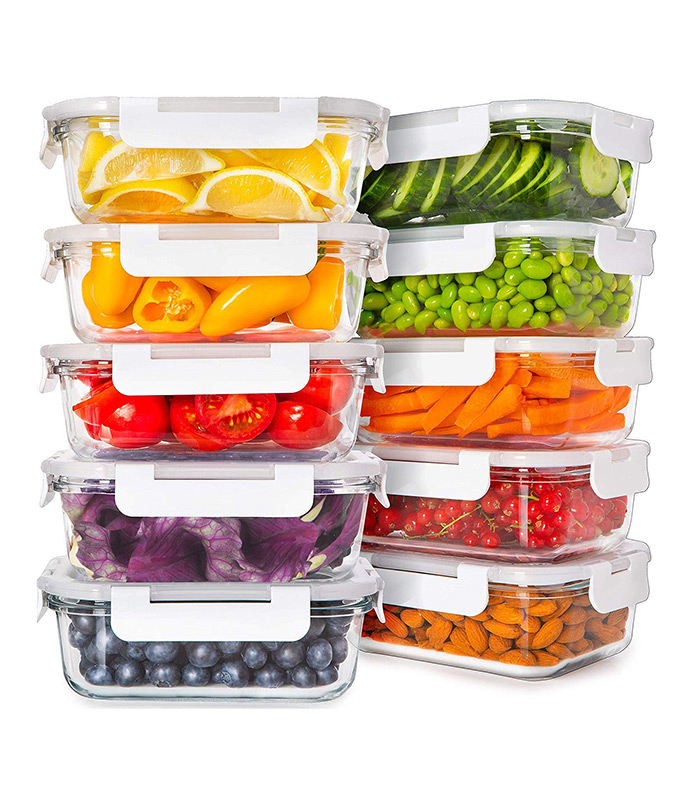
Maybe you're reading this and thinking, I feel seen. Well, you're in luck. To change my ways (and maybe help you too), I enlisted the advice of nutritionists. I wanted to figure out how important the second meal of the day really is and also needed some hack-y, easy ideas for lunches that I'd actually eat.
One of the main takeaways I learned? It shouldn't be a throwaway meal. "Lunch is an underrated meal. Most European countries treat lunch as their biggest meal, which makes sense—it acts as your fuel for the rest of your day!" says Amy Shapiro, MS, RD, CDN, founder and director of Real Nutrition. "The more filling and satisfying lunch is, the less you'll find yourself snacking through the day. Lunch is your midday opportunity to go green and get some vegetables in your diet."
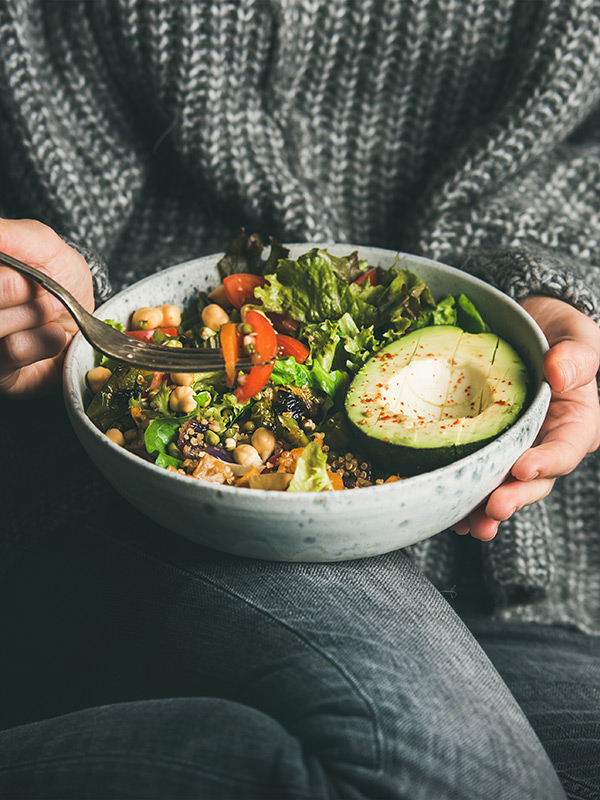
So I realized I had to change my mindset around lunch. That was step one. Here's what else I learned below:
How Important Is Lunch?
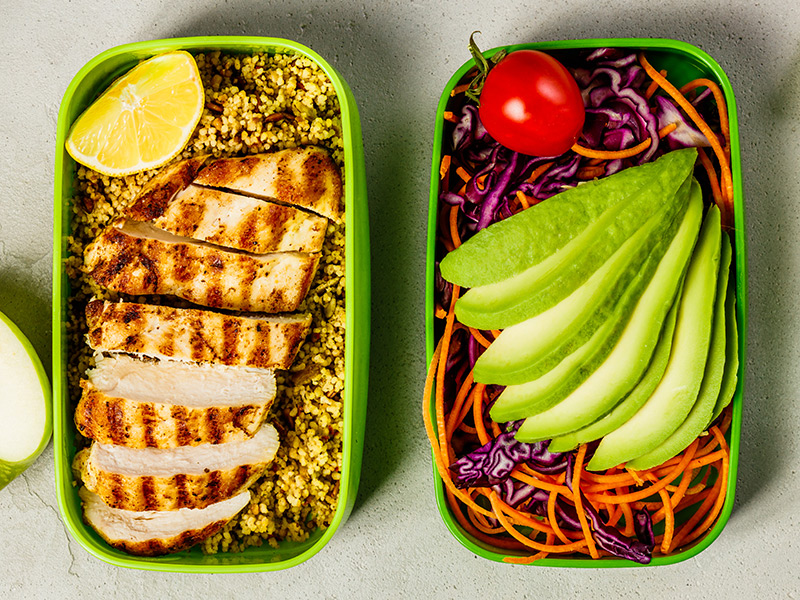
It turns out lunch is really important and it shouldn't be skipped. Which, since I'm being honest here, is something I do once or twice a week when I'm not snack-lunching. "Skipping meals can negatively impact blood sugar and hormone balance and can lead to weight gain over time," explains Sarah Rueven, MS, RDN, CDN, founder of Rooted Wellness. "When we go too long between meals, our blood sugar drops, causing our body to crave foods that raise blood sugar quickly, like sugar and highly refined carbohydrates. In this moment, it can be next to impossible to resist the biological urge to reach for a cookie or the breadbasket instead of a more nutritious option."
Okay, But What If You're Busy or Not Hungry?
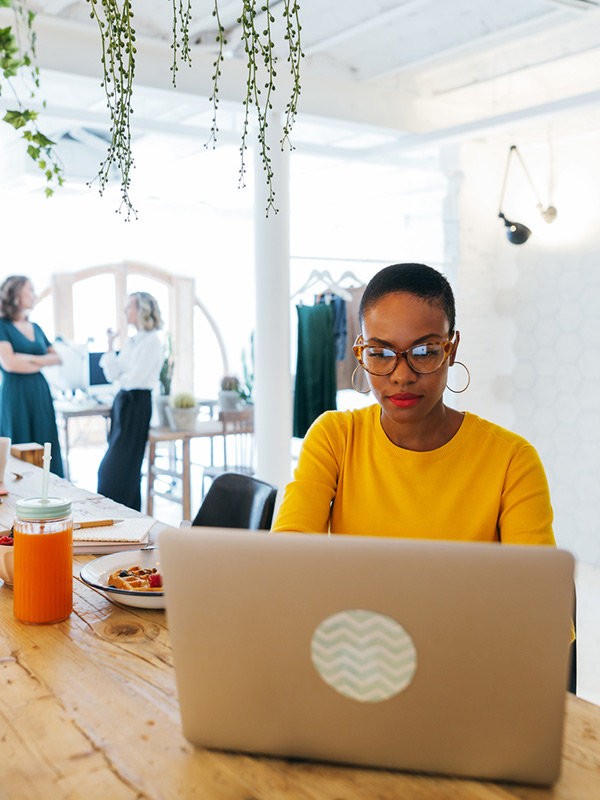
This common scenario might play out: You're in back-to-back meetings all day, or working on a project and you suddenly look at the clock and realize it's 5 p.m. and you haven't eaten all day. It's an honest mistake, but there are some ways to ensure you're getting enough nutrients throughout the day, even if you don't have a second for a break.
"Always have a plan B," says Samantha Franceschini, MSCN, a nutritionist and health coach at Parsley Health. "If you pack a bag for work always have a protein bar or two handy in case you are not able to step away for lunch. It's better to eat something so you can stabilize your blood sugar levels and not feel hangry or increase stress in the body from skipping a meal."
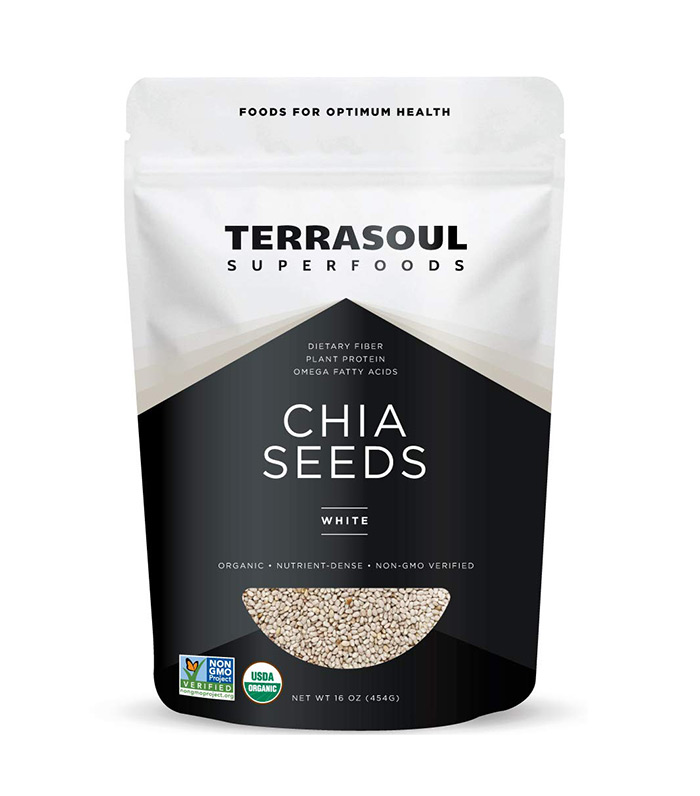
She also recommends balancing your blood sugar by adding chia seeds to your water until you can grab something to eat. "Chia seeds are high in protein and healthy fats, and although they are not a lunch replacement, they can hold you over for an extra hour or two before you are able to step away to grab lunch during a busy workday," she adds.
Sometimes you're just not hungry, nothing sounds good to you, or you don't want to lose your momentum by stepping away from your desk. That's okay, Farah Fahad, MS, RDN says. "Maybe just grab a protein smoothie and put coconut or nut milk in it, add greens and protein powders to it, and a nut butter. That's more on the good fats kind of side," she suggests. That way, you're still getting nutrients throughout the day.
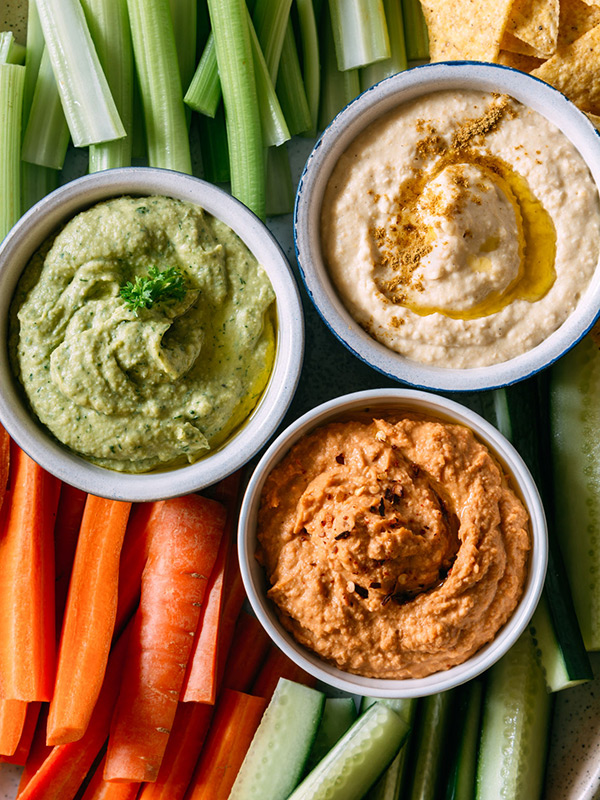
And if you feel like snacking, Fahad recommends opting for hummus or guacamole with whole grain pita chips or veggies, or an avocado drizzled with olive oil and a little salt and pepper.
What Makes a Healthy Lunch?
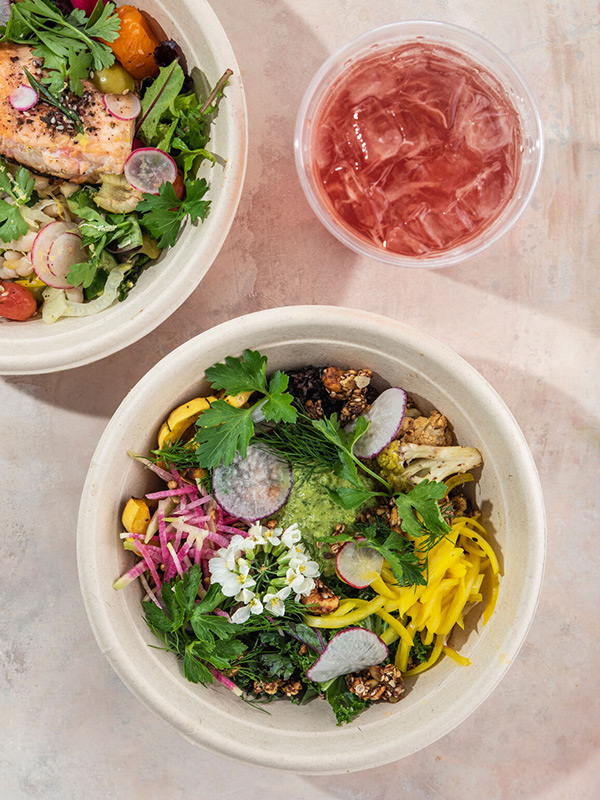
Overall, you should aim for some variety in your lunch—a mix between protein, fiber/carbohydrates, and healthy fats. "This combination is what is going to keep you full and energized for the rest of your day," Rueven says. "If you are missing one of these components, chances are come mid-afternoon, you'll experience that dreaded slump or an intense craving for sweet or salty snack foods."
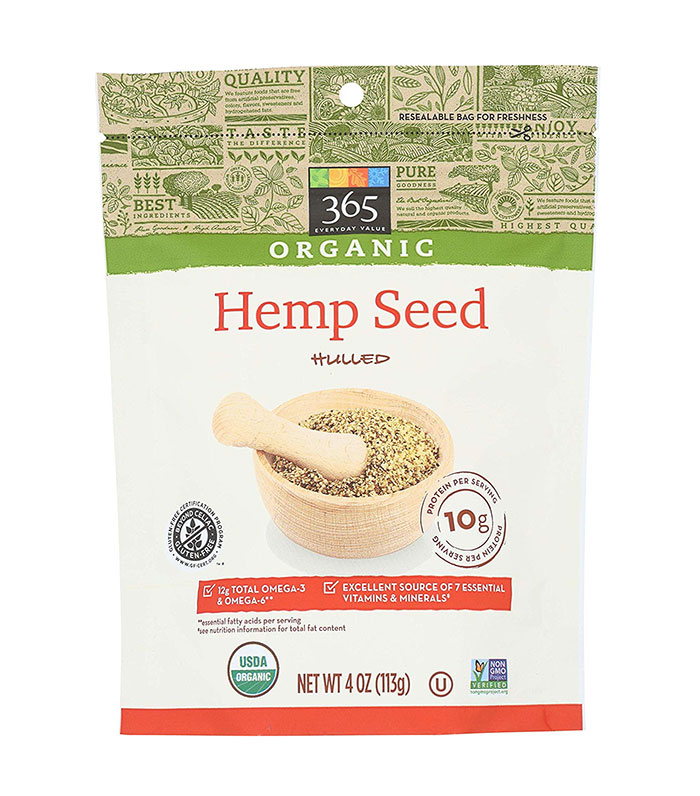
Franceschini also recommends adding hemp seeds to your lunch: "They are a great source of omega 3s and plant-rich protein (a whopping 8 to 9 grams per 2 to 3 tablespoons). Some other sources of good healthy fats are nuts, seeds, avocados, and wild fish. Some other good sources of protein are wild fish, grass-fed beef, organic chicken, pasteurized eggs, or plant sources like spirulina, legumes, beans, wild rice, etc."
Lunch Ideas
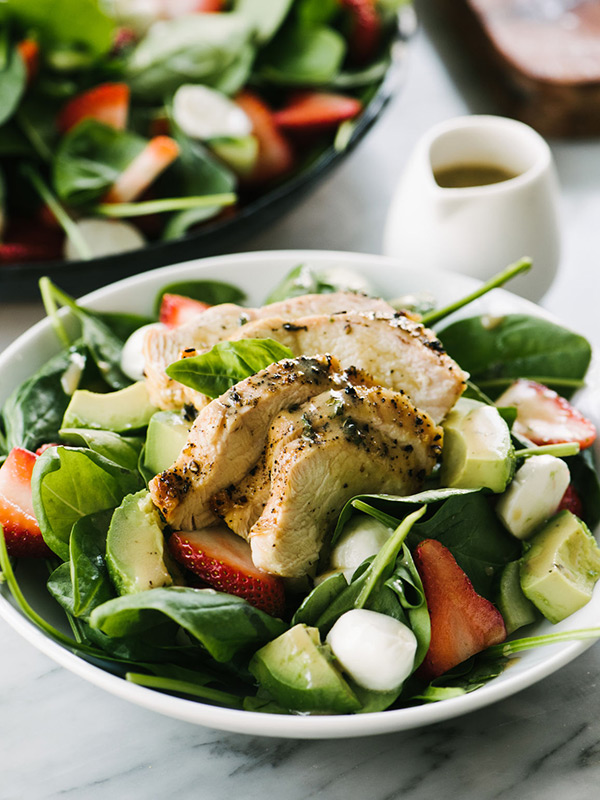
Not surprising here. But before you roll your eyes at us, there are a few salad pointers you need to know about. All salads are not created equal. "I have a saying, 'Put some food in your food.'" Shapiro says. "I'm not recommending plain lettuce when I say to have more vegetables. We've all had those salads that somehow leave us hungrier than we started off. Make the bulk of your lunch veggies (hearty salad mix with lettuce and chopped vegetables or leftover steamed or roasted vegetables, the sky is the limit), but be sure to pair it with lean protein (chicken, tofu, turkey, tuna), a healthy fat (olive oil in your dressing or some avocado), and perhaps a 1/4 cup of a grain like quinoa or brown rice. You want staying power to fuel you through the rest of the day."
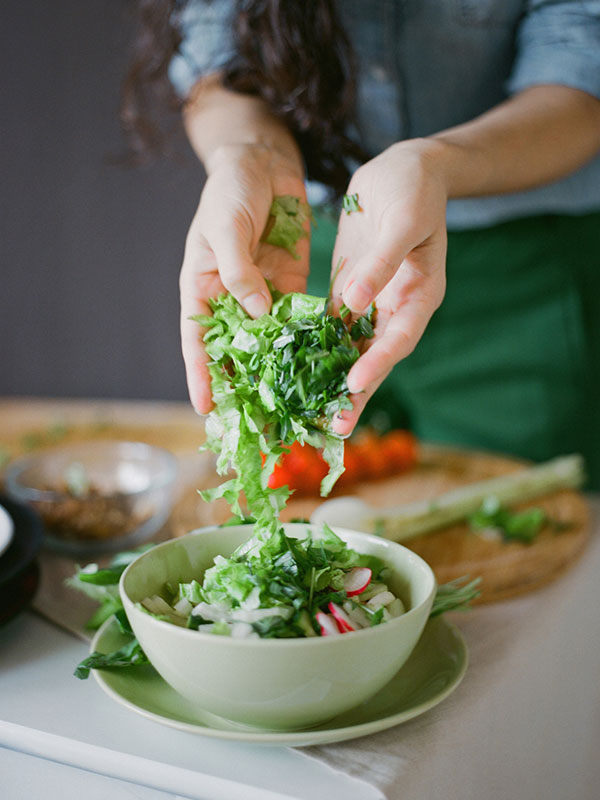
The more you get creative and generous with your salad toppings, and the more it will be interesting to eat and taste better. "Salads also require more 'chewing,' which means it will take you longer to finish," Franceschini says. "Longer meals are shown to be more satisfying because it takes about 15 minutes for your brain and stomach to communicate to know you are feeling full therefore more chewing and slower eating can help you know when your full and prevent overeating."
But keep in mind that you want to choose your toppings wisely, or else the calories and unhealthy fats can add up. "On the opposite end of the spectrum, I also see clients who load their salad with things like croutons, pita chips, tortilla chips, or an excessive amount of cheese or dressing," Rueven says. "These things all increase the overall calorie content of your salad without adding much nutritional benefit."
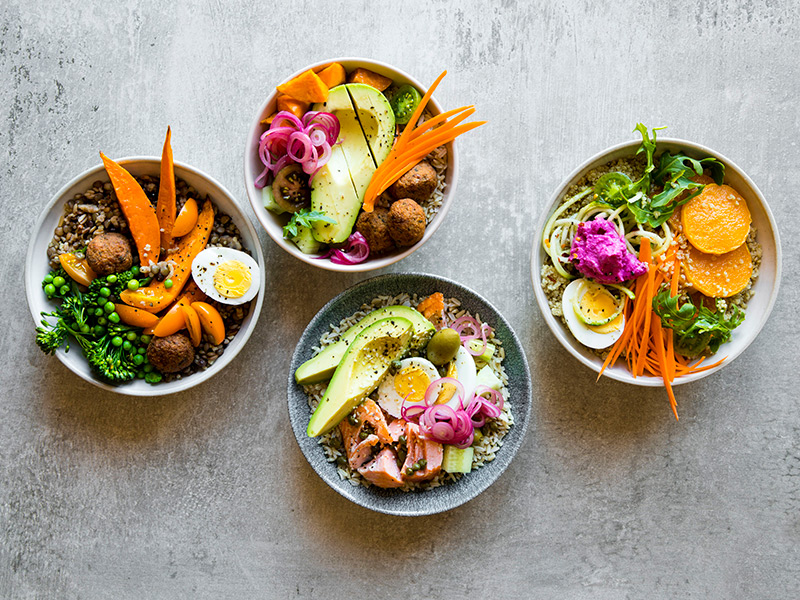
"Buddha bowls are a one-dish meal consisting of a combination of multiple vegetables, a dressing, protein source, and whole grains," says Franceschini. "They are more filling than salads and are a great way to load up those colorful foods. This is a great way to shy away from your typical salad and spice things up a bit. I love roasting vegetables and adding them to a bowl with some Primal Kitchen Paleo dressing, legumes, or other protein source."
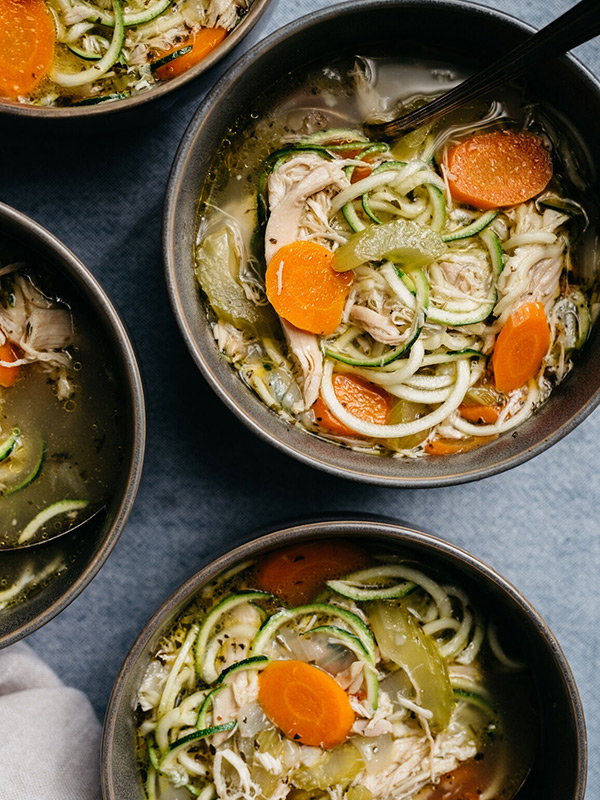
The ultimate comfort food. "Soups are so nutritious. I love using soups for lunch because you can't really 'overeat them' and the water content from the broth and vegetables help fill you up faster and keep you hydrated!" Franceschini says. " Some of my favorites are a hearty minestrone or butternut squash. Soups are a great source of fiber and protein. I love sprinkling some hemp seeds on top for an addition of healthy fats. One of my favorite things about soup is that unlike other cooking processes, soups are a great way to lock in nutrient contents from vegetables because they are not heated to extreme temperatures and no oil is really needed, which maximizes nutrient content in the meals, especially when slow cooking."
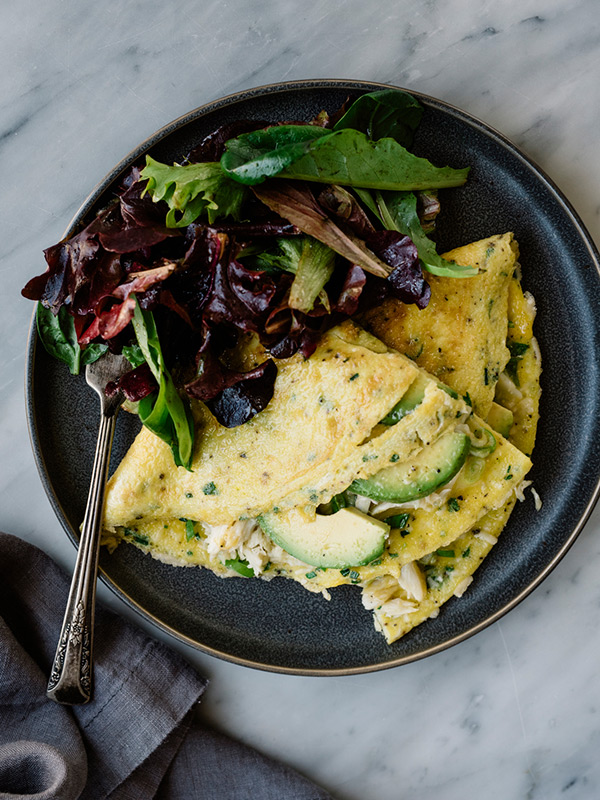
Rueven says omelets are a go-to for her. "Eggs are a great source of high-quality protein, vitamin B12, and vitamin D," she adds. "They also make a great vehicle for lots of veggies like spinach, mushrooms, tomatoes, and onions. Pair your omelet with a simple side salad for added nutrients and fiber."
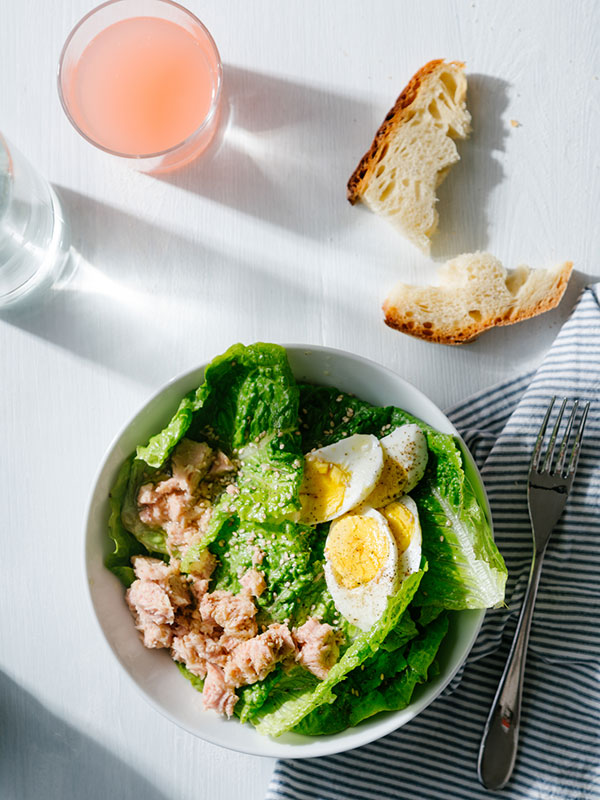
Both Shapiro and Rueven recommended the tuna option. "It's a great source of brain-benefiting and heart-healthy omega-3 fatty acids, but most store-bought or restaurant tuna salads are high in calories and highly processed oils like soybean and vegetable oil," Rueven says. "I love making a lighter tuna salad by mixing canned light wild tuna, red onion, celery, greek yogurt, lemon juice, and Dijon mustard. Serve over a bed of lettuce or in romaine lettuce boats for added greens."
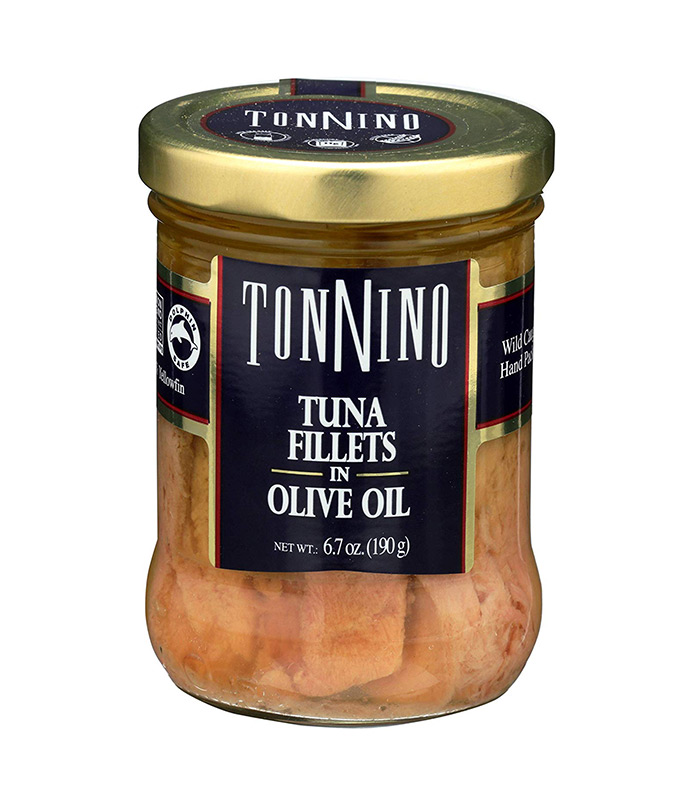
And you can't go wrong with a tuna sandwich either. Shapiro's favorite brand is Tonnino tuna, which she puts on a piece of high-fiber bread with avocado, greens, and a squeeze of lemon juice.
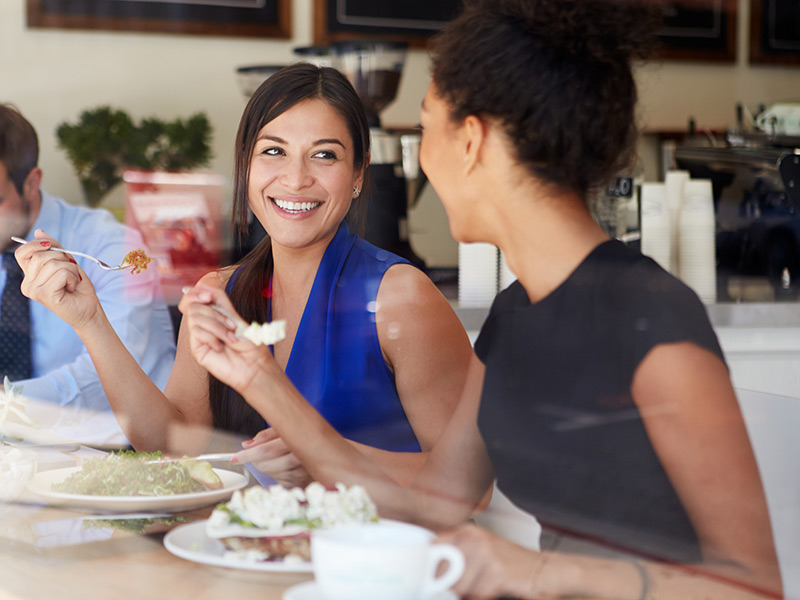
Work lunches can be so fun, but they can also leave you very sleepy if you eat something heavy. So much for your productive afternoon. Fahad says if you want to eat a pasta or heavier option at lunch, it might be helpful to share it with someone, or eat half and take the rest to go. "I would definitely say with restaurants, look how the food is prepared," she adds. "Go for grilled, baked, and steamed. They always ask what side do you want, so get a side of veggies, or you could do some kind of salad. Don't be afraid to ask for modifications. What's the harm, they're going to say no?"
Next up: What 9 of the Busiest People in Fashion Eat for Breakfast (and All-Day Energy)
Disclaimer
This article is provided for informational purposes only and is not intended to be used in the place of advice of your physician or other medical professionals. You should always consult with your doctor or healthcare provider first with any health-related questions.
Sarah is lifestyle writer and editor with over 10 years of experience covering health and wellness, interior design, food, beauty, and tech. Born and raised in Los Angeles, she attended New York University and lived in New York for 12 years before returning to L.A. in 2019. In addition to her work at Who What Wear, she held editor roles at Apartment Therapy, Real Simple, House Beautiful, Elle Decor, and The Bump (sister site of The Knot). She has a passion for health and wellness, but she especially loves writing about mental health. Her self-care routine consists of five things: a good workout, “me” time on the regular, an intriguing book/podcast/playlist to unwind after a long day, naps, and decorating her home.
-
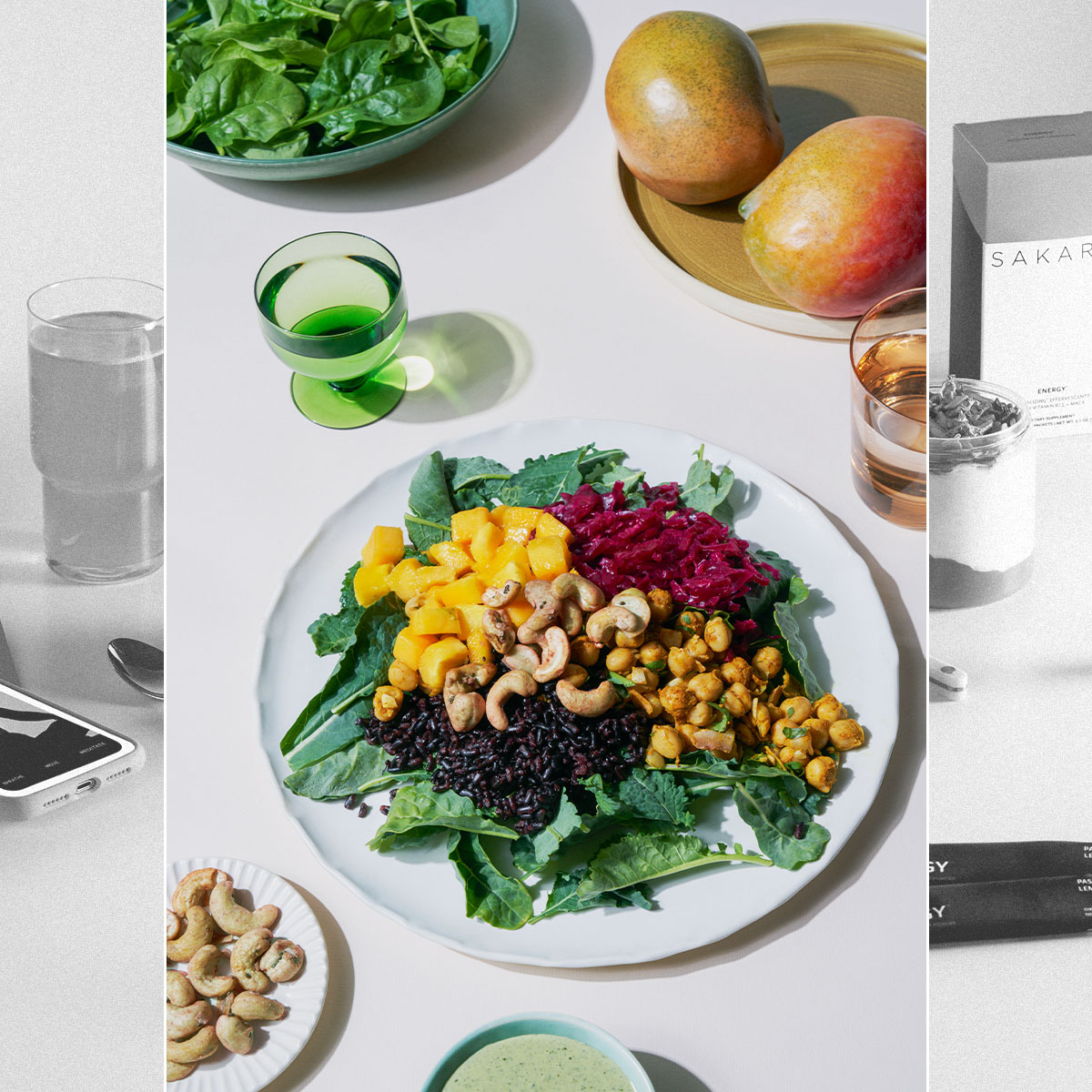 Bella Hadid and Gwyneth Paltrow Apparently Love Sakara Life, so We Tried It for 30 Days
Bella Hadid and Gwyneth Paltrow Apparently Love Sakara Life, so We Tried It for 30 DaysHere are our honest thoughts.
By Erin Jahns
-
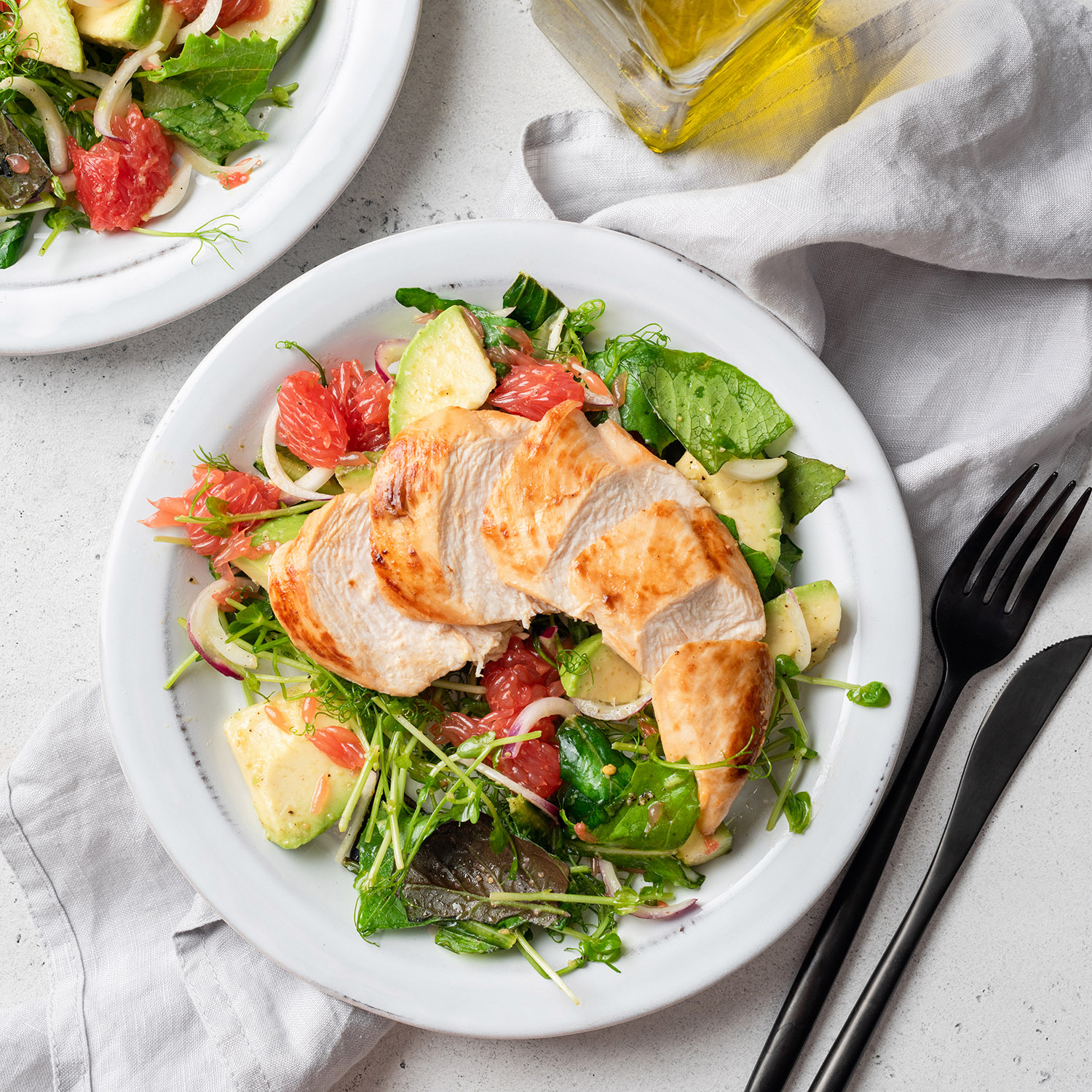 The 6 Warning Signs You're Not Getting Enough Protein
The 6 Warning Signs You're Not Getting Enough ProteinAnd what to eat to up your intake.
By Sarah Yang
-
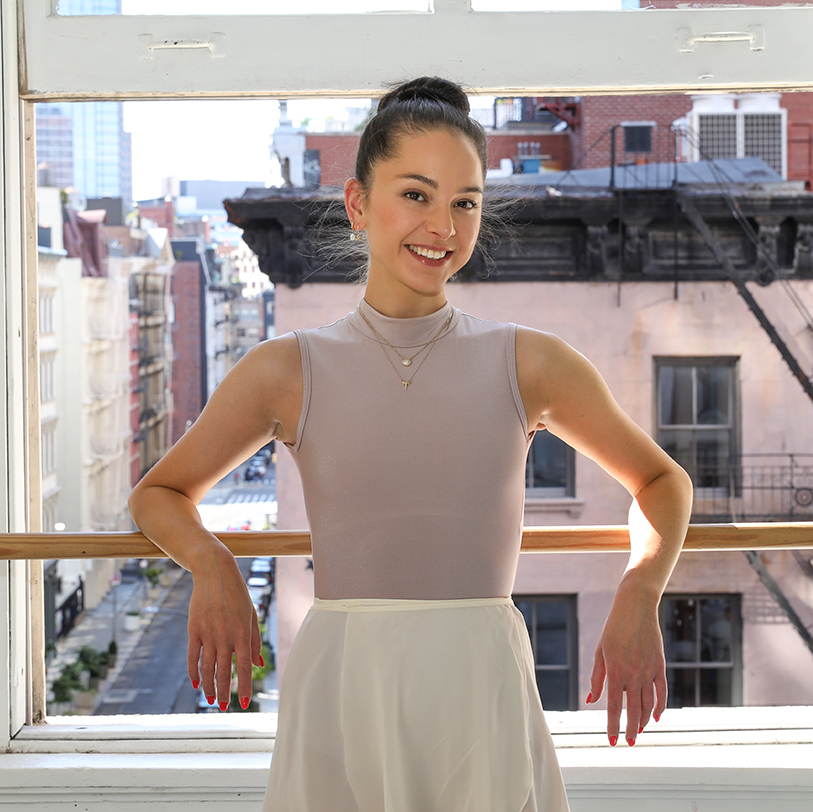 Everything This Professional Ballet Dancer Eats to Fuel Her for Performances
Everything This Professional Ballet Dancer Eats to Fuel Her for PerformancesHer grocery staples include high-quality French butter.
By Candice Aman
-
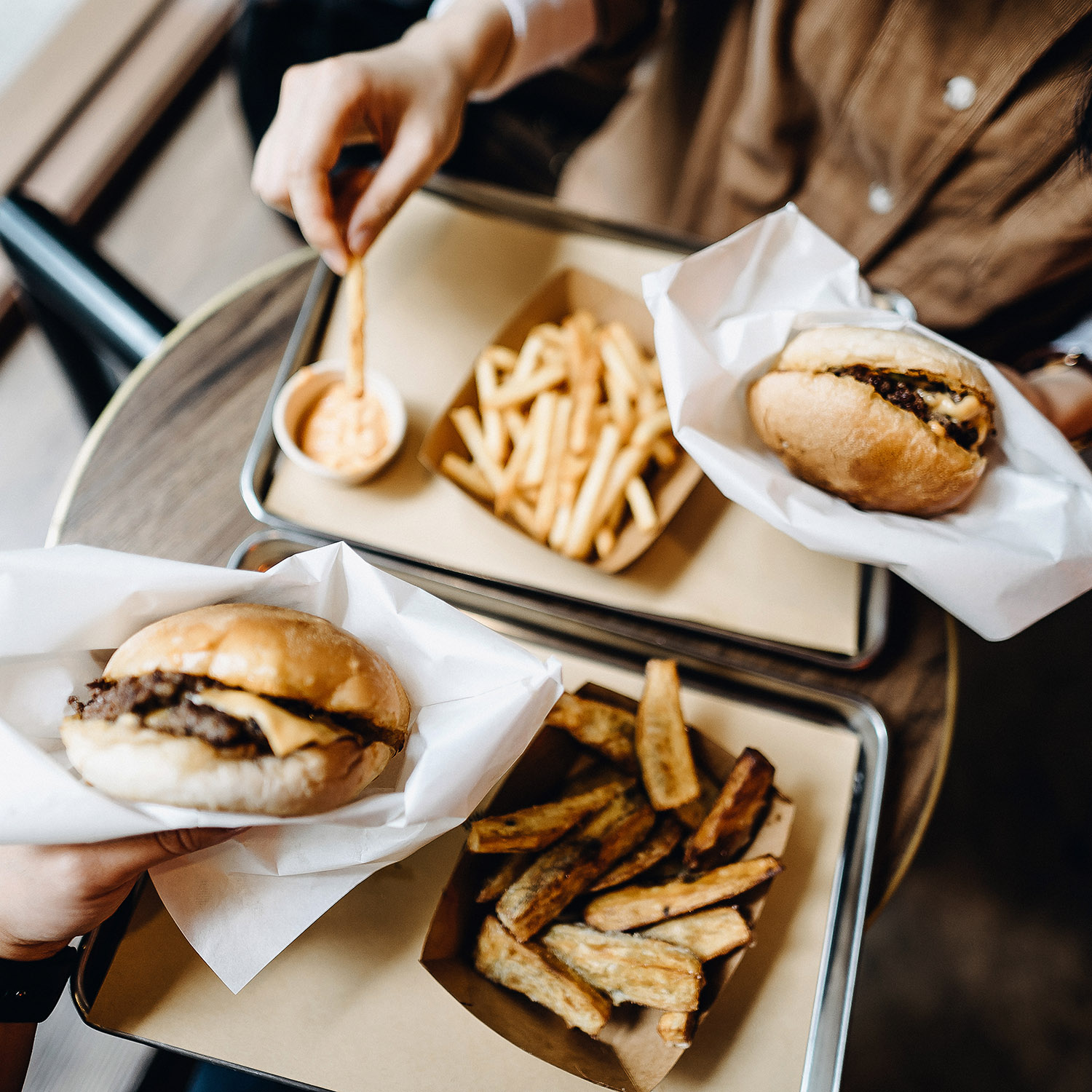 These 8 Foods Are the Worst for Rosacea—Here's What to Eat Instead
These 8 Foods Are the Worst for Rosacea—Here's What to Eat InsteadControl those flare-ups.
By Sarah Yang
-
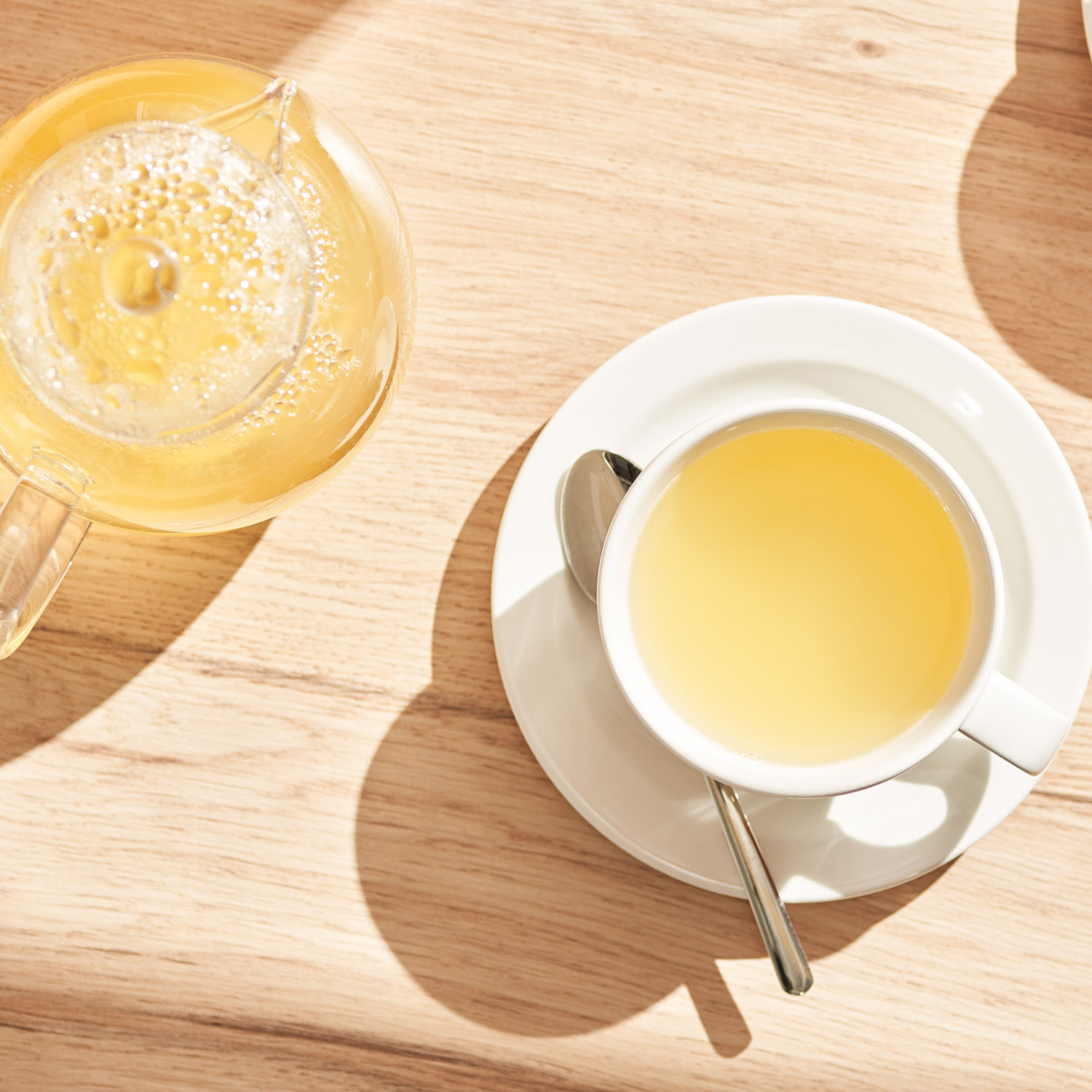 15 Things That Cause Bloating and How to Get Rid of It ASAP
15 Things That Cause Bloating and How to Get Rid of It ASAPTry these.
By Sarah Yang
-
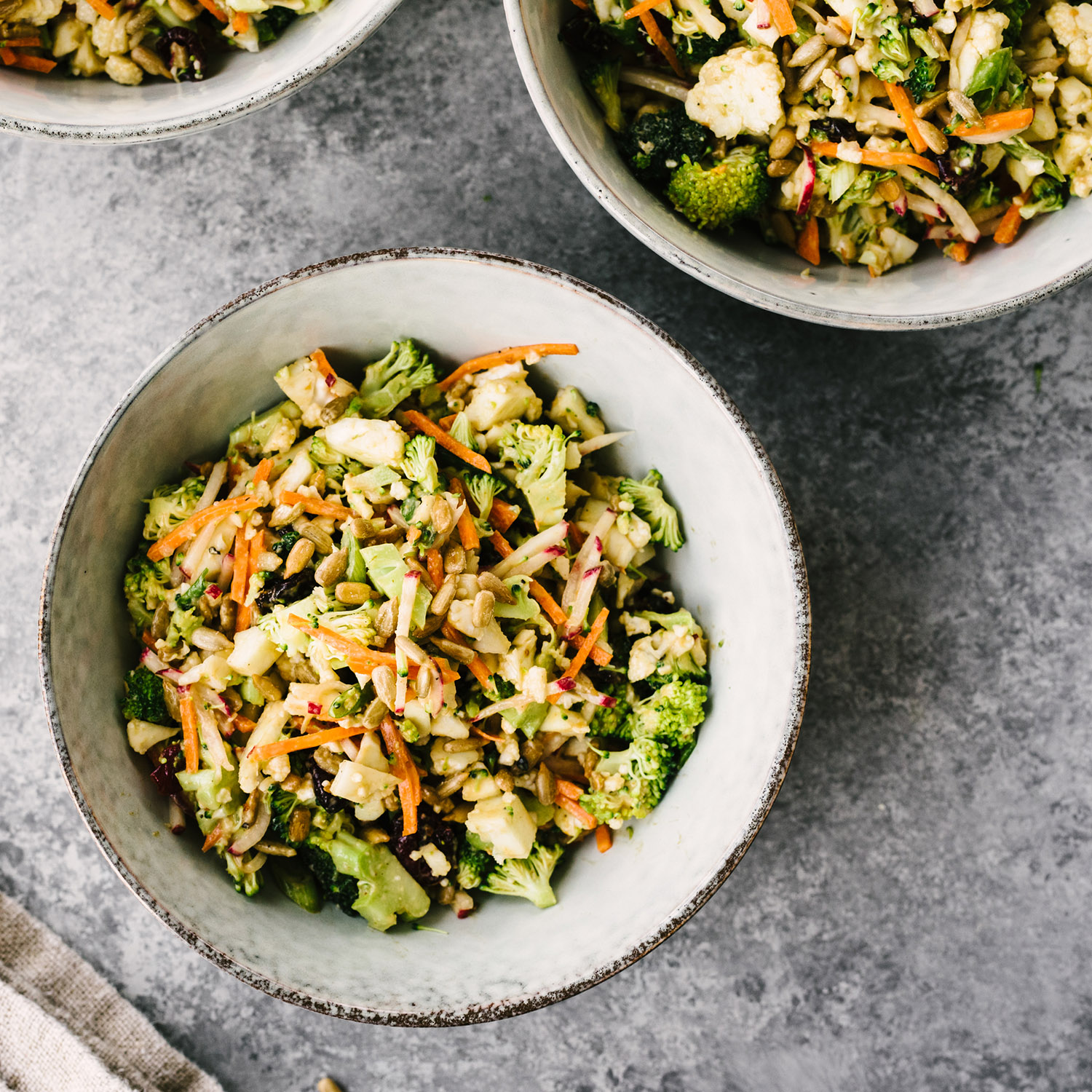 Is the Alkaline Diet Overhyped? What Experts Want You to Know
Is the Alkaline Diet Overhyped? What Experts Want You to KnowHere's how it works.
By Sarah Yang
-
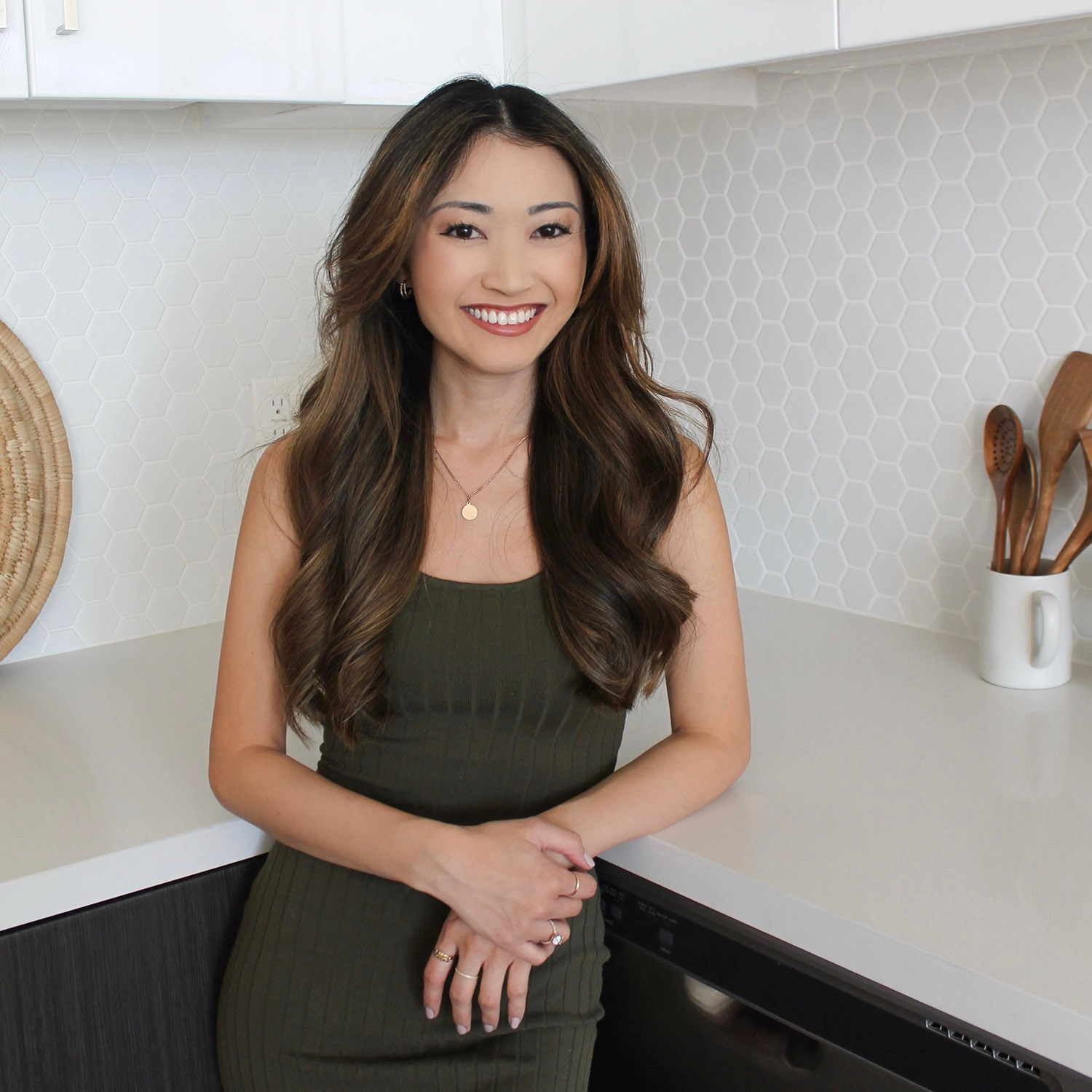 I'm an Imperfect Dietitian and My Key to Eating Healthy Meals Is Convenience
I'm an Imperfect Dietitian and My Key to Eating Healthy Meals Is ConvenienceTake a peek at my weekly grocery staples.
By Candice Aman
-
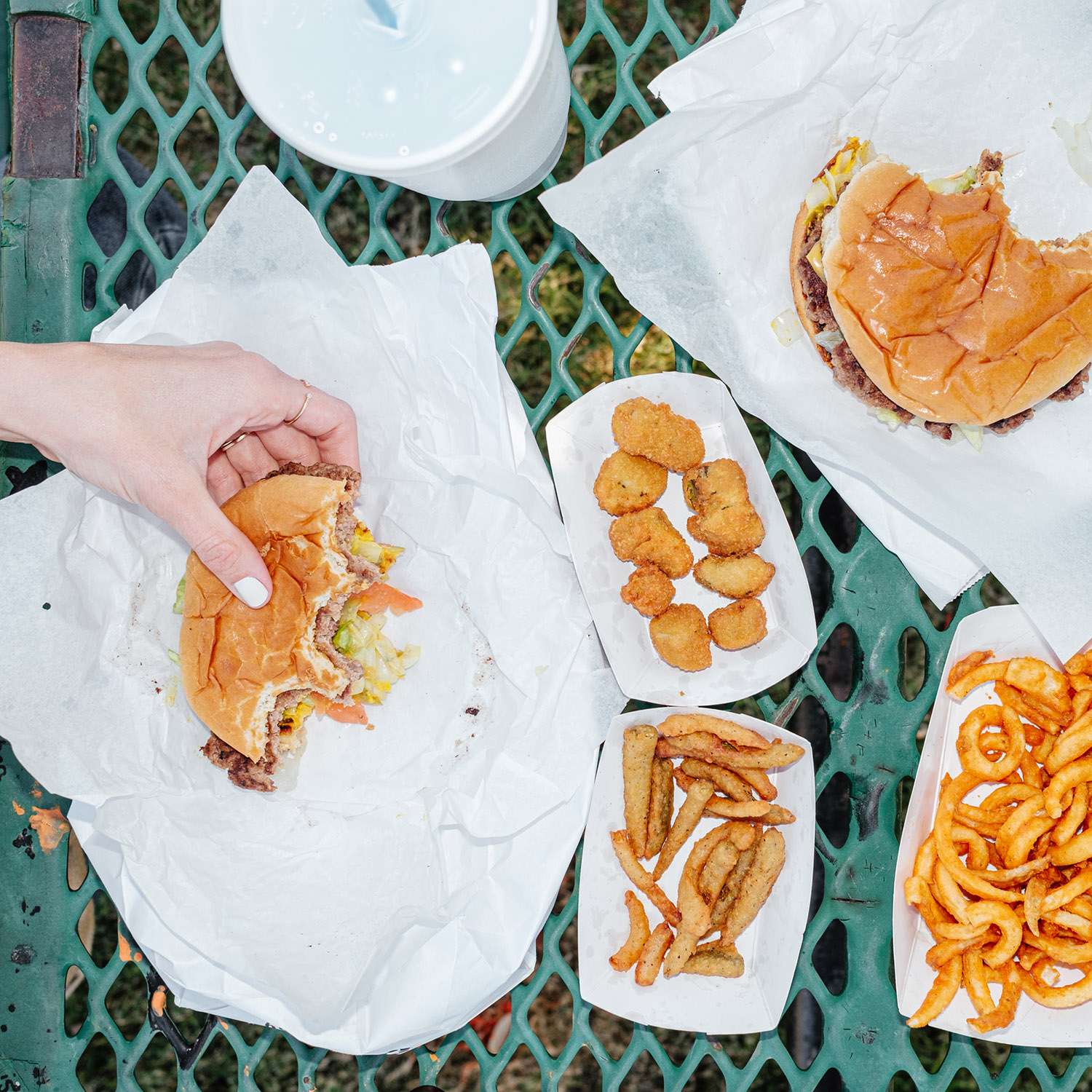 Avoid These 6 Foods—They'll Wreck Your Gut Health
Avoid These 6 Foods—They'll Wreck Your Gut HealthWhat to eat instead.
By Sarah Yang
